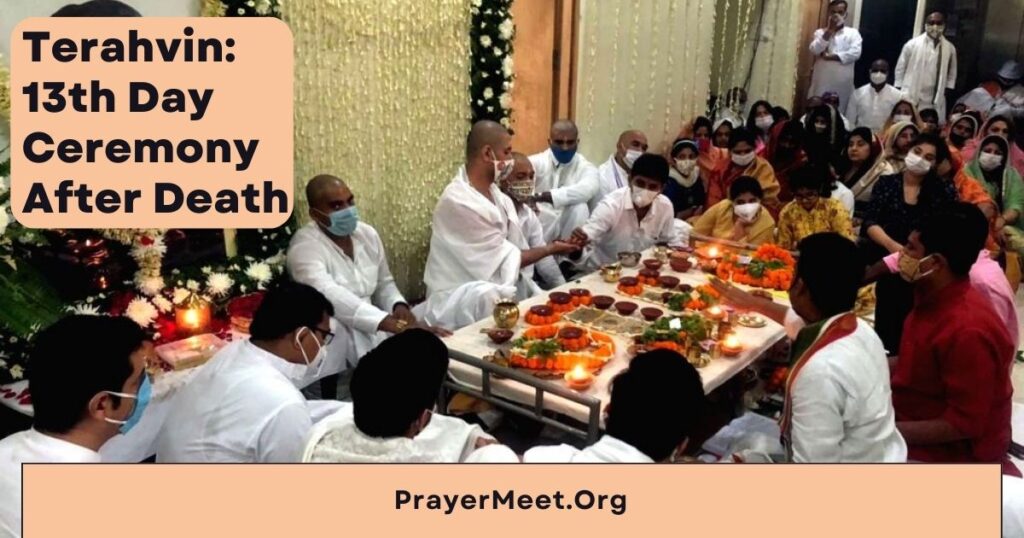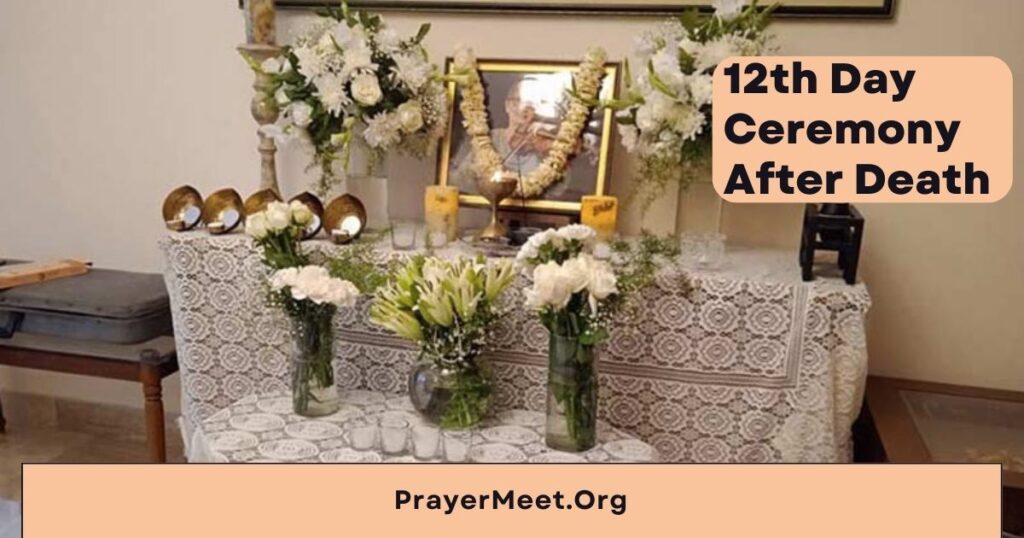In my profound journey, I have learned that loss is an inevitable part of life. It brings sorrow that connects us as humans. Hence, it is crucial to find solace in the understanding that we are not alone in our grief.
After Life: Soul Journey After Death is an exploration of the soul’s voyage once it departs from this earthly world. Throughout my participation in prayer meets, I’ve witnessed countless occurrences of departing souls leaving a deep and lasting impact on my being.
Hence, this blog seeks to shed light on the profound journey that awaits us all. An attempt to offer insights and reflections on what lies beyond and how we can find solace in the face of profound loss. It offers insights, empathy, and a sense of belonging, reminding you that we are united in this inevitable journey of life.
Soul Journey After Death In Hinduism
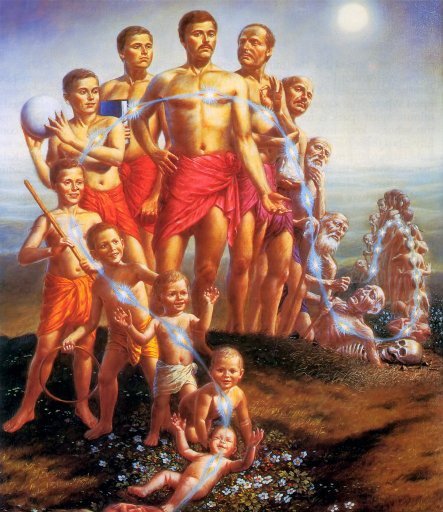
In Hinduism, the journey of the soul after death holds great significance. Immediately after death, the soul experiences a transitional phase known as Antaraya Karma, detaching itself from the physical realm. The destination of the soul is influenced by karma and spiritual progress. Good actions and devotion lead to a favorable afterlife, while negative actions may result in challenges.
There are different interpretations of where the soul goes immediately after death in Hinduism. Some believe in a realm called Preta Loka, for purification and reflection, while others mention the Pitru Loka for reuniting with ancestors. Ultimately, the goal is liberation from the cycle of birth and death, known as Moksha, where the soul merges with the divine consciousness and is freed from suffering.
Soul Journey After Death In Christianity

The concept of the soul’s journey after death holds significant importance in Christianity as well. In Christian beliefs, it is understood that after death, the soul transitions to the eternal realm.
According to Christian teachings, immediately after death, the soul faces a judgment by God. This judgment determines the soul’s ultimate destination, which is either heaven or hell. It is believed that those who have lived in accordance with God’s teachings and have accepted Jesus Christ as their savior will enter into the blissful presence of God in heaven. On the other hand, those who have rejected God’s grace and chosen a path of unrepentant sin may experience eternal separation from God in hell.
Soul Journey After Death In Buddhism
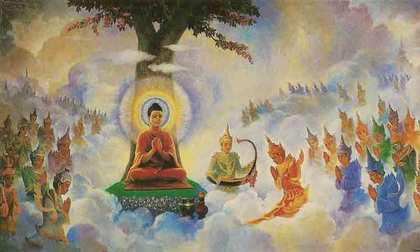
In Buddhism, the soul experiences a transitional phase called Bardo after death. This intermediate state varies in duration and is influenced by past actions. During this phase, the soul undergoes transformative experiences based on consciousness and attachments.
The soul’s journey in Buddhism involves a continuous cycle of rebirth known as Samsara, determined by Karma and consciousness. The ultimate goal is to attain enlightenment or Nirvana to transcend the cycle of birth and rebirth. Through spiritual practice and wisdom, one seeks liberation from suffering and achieves a state beyond life and death.
Soul Journey After Death In Jainism
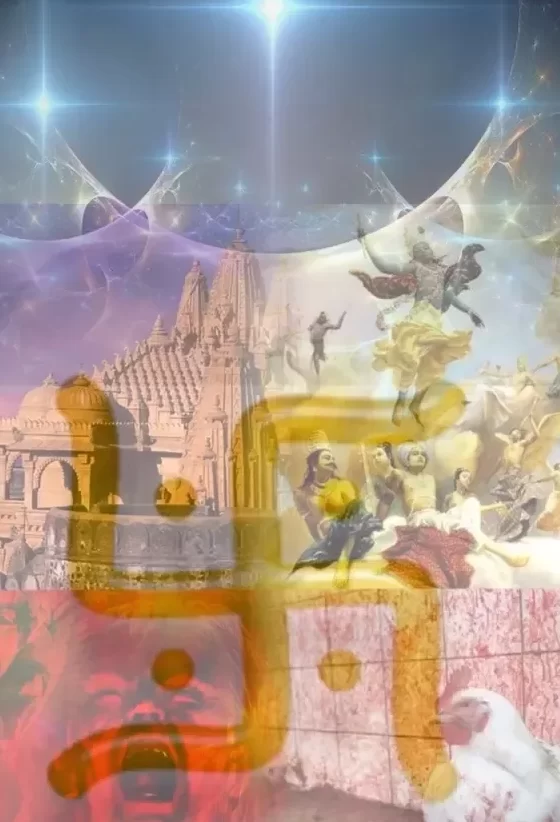
In Jainism, the soul’s journey after death is significant and connected to karma and liberation. The goal is to attain moksha, liberation from the cycle of birth and death. After death, the soul, or jiva, embarks on a journey based on its accumulated karma. This journey involves experiencing different realms and consequences determined by past actions.
The soul’s journey is seen as an opportunity for spiritual purification and liberation. By practicing non-violence, truthfulness, and non-attachment, Jains strive to reduce their karmic burden and move closer to Moksha. Ultimately, the aim is to achieve enlightenment and break free from the cycle of birth and death, leading to eternal bliss and the realization of one’s true nature.
What happens in the afterlife?
The concept of afterlife holds great significance in Hinduism, encompassing a rich tapestry of beliefs and principles that shape one’s understanding of existence beyond the physical realm.
Karma and its impact
In Hinduism, the afterlife is believed to be a continuation of the soul’s journey beyond death. It is a realm where the consequences of one’s actions, known as karma, come to fruition. The belief in Karma emphasizes that every action, thought, and intention carries consequences that determine the nature of one’s afterlife experiences.
According to Hindu teachings, the soul continues its spiritual journey after death, guided by the accumulated karma from past actions. Positive actions and virtuous behavior lead to the accumulation of good Karma, paving the way for a favorable afterlife. Conversely, negative actions and harmful behavior result in the accumulation of negative karma, potentially leading to more challenging experiences in the realms beyond.
Hinduism’s belief in afterlife
In Hinduism, the belief in the afterlife encompasses various realms and dimensions based on an individual’s Karma. These realms range from heavenly abodes filled with bliss to realms for purification and learning. Leading a righteous and selfless life is encouraged to accumulate positive Karma and enhance the quality of afterlife experiences.
Hinduism also emphasizes the ultimate goal of liberation, known as Moksha, which frees the soul from the cycle of reincarnation and unites it with the divine consciousness. This belief underscores the interconnectedness of actions and consequences, motivating spiritual growth and the pursuit of enlightenment in alignment with dharma.
Different interpretations of afterlife
Each culture and tradition may have its own unique understanding of what happens to the soul after death. Thus, the afterlife concept varies in interpretation across different religions and belief systems. These interpretations often reflect the human desire for spiritual continuity beyond the physical realm. The diversity in perspectives on the afterlife highlights the rich tapestry of beliefs and philosophies that exist within our global society.
Hinduism’s concept of Moksha
Moksha is a central concept in Hinduism, representing the ultimate goal of liberation from the cycle of birth and death. It entails the realization of one’s true nature and the union with the divine consciousness. Achieving Moksha frees the soul from the perpetual cycle of reincarnation and leads to eternal bliss.
Christianity’s views on afterlife
In Christianity, after death, the soul faces judgment and enters either heaven or hell. Heaven is seen as a realm of eternal joy and communion with God, while hell is believed to be a place of suffering and separation from God. The belief in salvation through Jesus Christ is integral to Christian teachings on the afterlife.
Buddhism’s views on afterlife
Buddhism challenges the notion of an enduring self or soul. It emphasizes the concept of Samsara, the cycle of birth, life, death, and rebirth. Rather than focusing on an afterlife, Buddhism teaches that liberation can be attained through enlightenment and the cessation of desires, ultimately breaking free from the cycle of suffering.
Jainism’s Moksha and the liberation of the soul
Similar to Hinduism, Jainism holds the concept of Moksha as the ultimate goal. It emphasizes the liberation of the soul from the cycle of birth and death through the observance of ethical principles, non-violence, and spiritual discipline. Attaining Moksha allows the soul to achieve eternal bliss, free from worldly attachments and desires.
Mythology’s influence on afterlife beliefs
Mythology shapes beliefs about the afterlife, providing cultural narratives and symbols that help us comprehend life’s end. These stories depict realms, deities, and epic journeys, offering glimpses into the unknown. It is vital to approach these beliefs with empathy and respect, recognizing their deep cultural and spiritual significance. While not rooted in literal truth, mythology expresses complex ideas about existence and the afterlife, providing solace during times of grief. Understanding mythology’s influence fosters appreciation for diverse perspectives and reminds us to approach different traditions with respect.
Garuda and its significance in afterlife
Now, let me tell you about Garuda. It holds great significance in the afterlife beliefs of Hinduism. As a mythical bird-like creature, Garuda is revered as the divine vehicle of Lord Vishnu, symbolizing liberation and transcendence.
In Hindu mythology, it is believed that Garuda can carry the souls of the departed to the realms of the gods. The presence of Garuda in afterlife narratives signifies the journey of the soul towards higher planes of existence and spiritual liberation. This symbolism underscores the aspiration for liberation from the cycle of birth and death, aligning with the ultimate goal of Moksha in Hinduism.
Understanding the cycle of birth and rebirth
The cycle of birth and rebirth is a key concept in spiritual traditions. It involves the soul’s continuous process of reincarnation and is tied to the notion of karma. Understanding this cycle reveals the interconnectedness of life and the impact of our actions. It promotes personal growth, ethical choices, and reflection.
The cycle provides a framework for spiritual development, guiding individuals to learn from past experiences, overcome challenges, and progress towards self-realization and liberation.
Other Articles to Read:
- Prayer Meet Invitation: Remembering and Paying Tribute
- 3rd Day After Death in Hindu Tradition
- 12th Day Ceremony After Death
- 16 days After Death: Pitru Paksha
- Terahvin: The 13th Day Ceremony After Death
- Death 11th Day Ceremony
As we conclude, let us carry this emotional depth, inspiring compassion and understanding for the diverse beliefs. As a Shradhanjali singer, I urge you to embark on a journey to find solace, unearth the profound meaning of lives, and embrace a life lived with kindness and purpose.
Together, in these challenging times, we can find strength and support. It is during the darkest hours that the light of community shines brightest.
Charan ji

